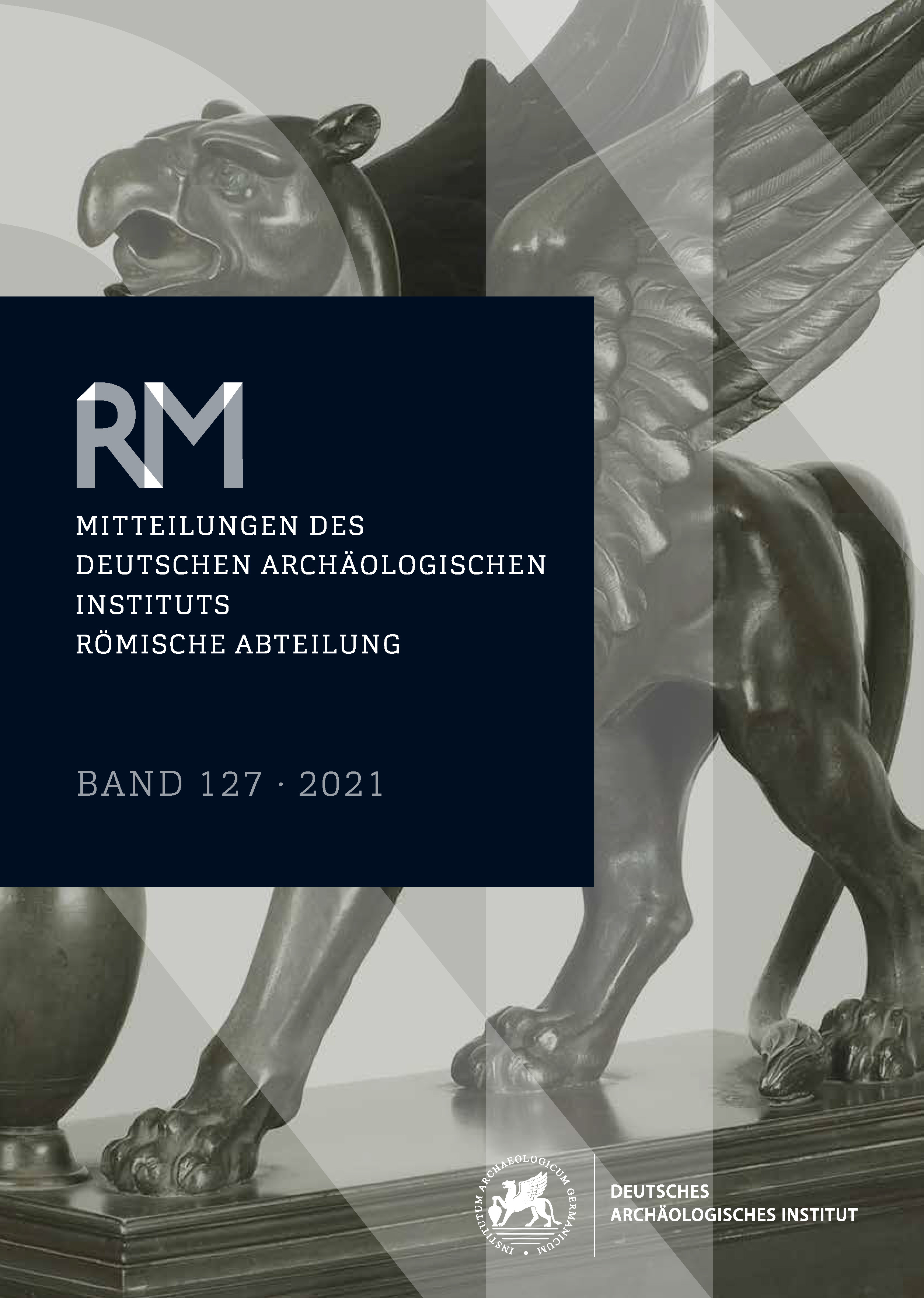Der Brunnen der Republikanischen Thermen in Pompeji.
Architektonische Analyse und Rekonstruktion des antiken Wasserhebemechanismus
https://doi.org/10.34780/6xja-xid2
Resumen
The water supply of late Republican baths has received little attention in scholarship. These baths were commonly not supplied by aqueducts, but by cisterns, wells, and reservoirs which often do not survive and are therefore poorly understood. This paper seeks to fill this gap by investigating one well-preserved case study. These are the Republican Baths in Pompeii that were built around 150 BC and abandoned around 30/25 BC, that is to say before the public baths in Pompeii were supplied by the city aqueduct. Based on recent excavations and an architectural survey it is now known that the Republican Baths were supplied by a deep well originally dug in the 3rd century BC (Phase 0), and later integrated into the baths around 150 BC (Phase 1); it was once significantly remodelled during the life-time of the baths (Phase 2). Based on a detailed analysis of the architectural remains, the water lifting devices, their operation and capacities are reconstructed for Phases 1 and 2. The well was operated by a bucket-chain powered by a treadwheel in Phase 1; it was enlarged and equipped with a new lifting device powered by a capstan in Phase 2, which was twice as efficient as the former one.
Palabras clave:
Ancient Technology, Baths, Pompei, Water Management, Water Lifting Device





